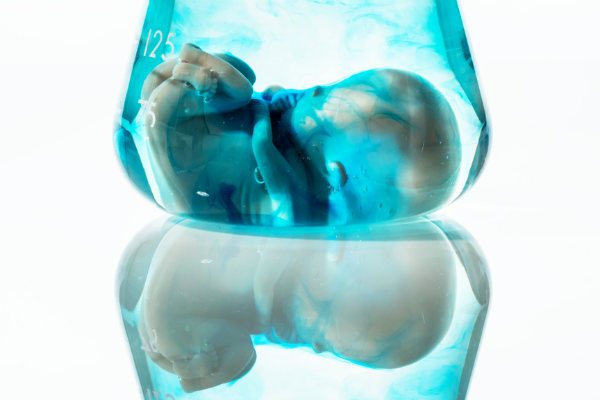A shortage of donors and an increasing demand for eggs has encouraged more infertile couples to go overseas to find a donor, often at a fraction of the price. If you are thinking about finding an egg donor in another country, make sure you are aware of the laws and regulations of the country you visit.
The regulation of assisted reproductive treatment varies between countries, with some having very strict laws while others have none at all. The unregulated environments found in some countries can pose serious risks to all parties involved, especially the children that are conceived.
Why Is There a Shortage?
Egg donation in Melbourne and Australia has to be altruistic. It is illegal for a woman to sell her eggs for profit but there is a provision in legislation to cover for expenses incurred during the procedure. These costs can range from $3,500 to $5,000.
Being an egg donor is a considerable commitment, involving more than 20 hours of procedures, some of which are quite invasive, over a five month period. A lack of financial incentive combined with the personal, physical, emotional and time commitment deters many. As a result, there are far from enough donors to meet the demand across the country.
In other countries like the US, donors can be paid as much as $20,000, creating more incentive to donate. Aspiring parents travel overseas to find egg donors out of desperation, usually after trying IVF at home and being unable to find donors.
Common Destinations
Australians are going to a range of places including South Africa, Argentina, Spain, Greece, Russia, Asia, Canada and the US. In most places, laws mean that the children will never know their genetic origin and do not have the right to find out, unlike in Australia.
In some countries such as Cambodia, there are simply no rules in place concerning surrogacy and egg donation. The potential for exploitation of the intended parents, donor and child, is huge. In the US and Canada, egg donation is similar to here, where the child has the right to find out who the donor is once they turn 18.
Demand is so high that up to 20 Australians a week are travelling to a single clinic in South Africa to source egg donors, according to an article in the Courier Mail in March 2016.
Key Differences
Pursuing egg donation overseas involves dealing with a myriad of rules, risks and complications as well as a number of benefits, primarily in cost and actually finding a donor. Its best to get a good understanding of the advantages and disadvantages involved to make an educated choice.
Remember that each country has different legislation that can be interpreted differently from clinic to clinic. Some of the common differences between Australian and overseas egg donation includes:
- Anonymity Many countries legally require donor anonymity. Its unlikely you will ever get to know your donor or that there will be future contact. This means you wont get pictures of the donor in most cases or basic information like ethnicity, height and weight. But there are exceptions.In South Africa, there are clinics that offer full profiles along with childhood photos. In Panama, its possible to meet your donor, while in other countries such as Spain and Greece, this isnt the case.In the US, some donors are anonymous but information about them is available, including pictures, personal characteristics, hobbies and educational statistics.
- Screening In general, all clinics screen for major diseases like STIs, HIV and hepatitis. They also often screen for smoking, alcohol and drug use, though its important to remember these are often more tolerated in some countries.Many clinics follow the ASRM guidelines for testing used in Australia, including screening for genetic illnesses and psychological factors. Since legal requirements vary according to the country, its best to ask specifically what testing the clinic uses.
- Number of eggs Most international clinics offer a lower-dose egg stimulation protocol, aiming for 8 to 12 eggs retrieved and 6 to 8 embryos on the third day. Some clinics only guarantee one cycle, with some taking any remaining embryos (and sometimes eggs) to put in a bank for others to use.
- Cycles Some international clinics cycle donors and recipients at the same time, meaning you can face a wait of up to six months before you are matched for a cycle. Of course, this varies from each clinic in each country.Additionally, if your first cycle doesnt work out, or you want a sibling and have frozen embryos, youll have to travel back to the clinic. No matter where you are, there is no guarantee a cycle will work out the first time, even if everything goes perfectly.
Whether going overseas for an egg donation is a good option ultimately comes down to your personal circumstances. For more personalised and specific information about travelling overseas for an egg donor, contact our clinic in Melbourne.
Dr Alex Polyakov is an IVF specialist who can prepare women before they leave for the country or centre of their choice in St Petersburg, LA, or throughout Asia. He can talk to you in detail about the process and legality for treatments such as surrogacy and sex selection.
